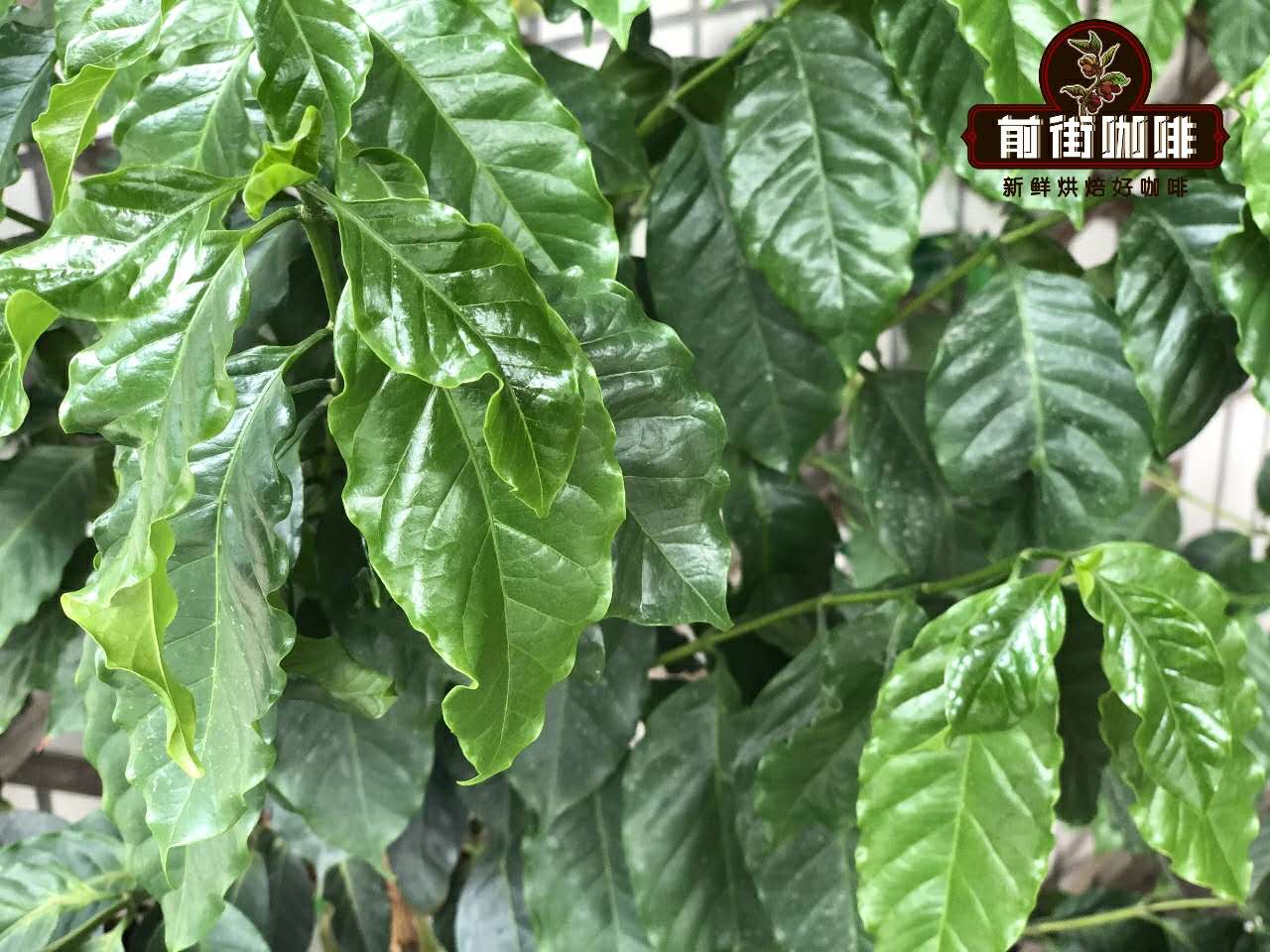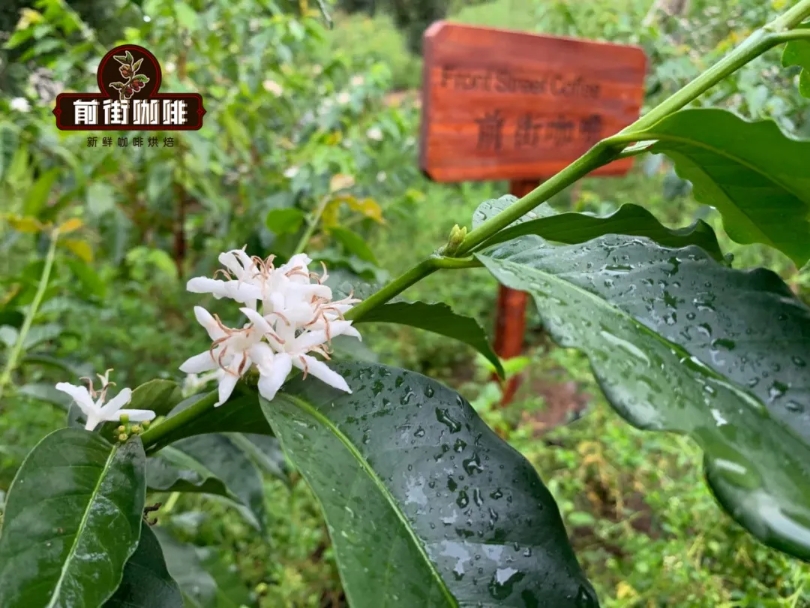Will the weather affect the flavor of the coffee during processing? What is the process of coffee processing?

As discussions about climate change become mainstream in the media in 2019, it is well known that global warming is no longer a distant future. Rising sea levels and rising temperatures have affected many aspects of human life.
Agriculture is one of the most changing areas, and agriculture itself is also an important factor in greenhouse gas emissions. This will have a significant impact on coffee production and studies have shown that the area of land used to grow this highly sensitive crop will be halved under various emission scenarios.
Although this may have a full impact only a few years later, climate change has begun to affect coffee plants currently underground. This is the current impact on global farms.
The changing life cycle of a coffee factory
In order to better understand how climate change affects coffee plants, you must first understand the role of climate in the life cycle of coffee.
Every biological change that occurs in a plant, such as flowering, growth, and maturation, is affected by external parameters, including temperature, humidity, and light. The way plants respond to these parameters determines the phenological or seasonal life cycle of plants.
In the past, natural responses to stimuli were more or less predictable because climatic conditions were the same. However, drastic changes have interrupted this plan, making expected changes unpredictable.
Overall, climate change is set to raise temperatures, reduce water availability and change soil conditions. In addition, plants growing in hotter and tropical regions may lose several days of growth time during their usual harvest cycle.
It has a specific effect on coffee plants. In many coffee growing areas, high humidity and warmer temperatures promote the proliferation of diseases and pests, and unpredictable temperatures and rainfall patterns affect harvest time and crop quality.
However, not all coffee producers are adversely affected by climate change. Some plateau plantations have found that their plants are more responsive to specific aspects of this effect.

Different effects of different elevations
A rising atmospheric carbon dioxide concentration is believed to be a driver of climate change-and has also been found to promote coffee plant growth and crop yields without affecting bean quality. It does this by enhancing photosynthesis and ensuring that affected plants are less exposed to oxidative stress.
Andres Lopez is the general manager of International Coffee Farms, which owns and operates coffee farms that are economically, socially and environmentally sustainable in Panama.
He explained to me that since he started working in the coffee industry at Boquete 30 years ago, Boquete's coffee production has changed fundamentally-some farms are booming in the face of climate change.
"the rise in temperature allows people to grow coffee at higher altitudes," he explained. Twenty years ago, it was impossible to build coffee plantations at 1800 meters above sea level because of slow growth and low production that could not be used for commercial purposes. " Hacienda La Esmeralda is a kind of coffee produced under these conditions. it is one of the most expensive and highly rated coffee in the world.
Andres's observation is consistent with the general study, which predicts that coffee production at low altitudes will be more negatively affected than coffee at high altitudes.
Problems to be paid attention to
To gain insight into the most pressing problems facing coffee farms, I talked to Alexis Espinosa. Alexis is the technical sales manager for Agro Q SA, a Panama-based company that advises coffee and crop cultivation, pest management and pesticide use.
According to Alexis, the most important change he witnessed locally was in the phenology of coffee plants. "in Panama, one of the major impacts of climate change," he said. It is the abortion of flowers, immature fruit caused by high temperature during pollination season or fruit abortion caused by lack of water. Basically, the lack of water in the environment will lead to the miscarriage of coffee cherries, so the yield will decline. "
Studies have shown that high temperatures are known to interfere with plant metabolism, and extreme conditions can lead to physiological stress of plants, thereby reducing their photosynthetic efficiency.

In addition, the timing and frequency of flowering have changed. As Andres said, "the lag of the rainy season leads to multiple flowering periods in Panama each year." This leads to more picking cycles, so the labor cost at harvest is higher. Since labor is already the biggest contributor to production costs, it places an additional burden on coffee producers and their operating costs.
In addition to changing the phenology of plants, climate change also fluctuates the environment on which coffee plants live. This has led to the prevalence of many diseases and insect pests.
Alexis has begun to determine coffee plant conditions that used to be unique to other crops. In coffee, when coffee flowers used to appear only on fruit, I had identified anthrax (a fungal disease). This condition is deadliest when green berries are reached and spreads easily in the rain. Another fungal disease, coffee rust, can destroy coffee crops for years.
Both diseases are said to increase due to the onset of the rainy season and prolonged wet conditions, which causes spores to spread in the wind and rain.
When it comes to pests, the coffee fruit borer (the most expensive insect facing coffee plants today) finds it more likely to infiltrate coffee plants. In the past, they could only generate electricity once a year, but now they can generate electricity more than once a season because of rising temperatures.
Looking for a solution
For coffee producers around the world, there is no doubt that this is a challenging road. But in spite of this, they still have many ways to adapt to the current conditions of climate change.
An adaptation approach is needed that can be easily implemented by producers without significant funding, extensive external support and existing infrastructure. One way to achieve this is to help them integrate farm management practices based on agricultural biodiversity and ecosystems.
Agroforestry is a promising solution because studies have shown that it can help control natural pests and protect natural resources while mitigating extreme changes caused by climate. But it will also reduce production. Therefore, the acceptance of such solutions depends on the countries and markets they target.
It is more likely to be used in countries such as Panama (where the coffee market focuses on high-quality production) than in countries such as Brazil that focus on mass production. "the solution lies in the farm itself," Alexis said. "at present, the agricultural industry around the world has been trying to improve the physical condition of trees."
Other treatments can be carried out for coffee plants to improve the health of coffee and to ensure that they are better able to respond to external threats. Here, biological stimulants can be used as a "stress vitamin mixture" for plants. "the purpose of these products is to make plants less vulnerable to severe climate change and changes in temperature and humidity," Alexis said.
These are just two of the many solutions that coffee makers can implement. The needs of each farm will depend on how climate change has a unique impact on it, as well as the size and resources of the farm. Therefore, any mitigation must start by monitoring the server farm and tracking its changes.
As Alexis said: "now, more than ever, walking on the farm, learning more about it, and being able to identify irregular changes are essential to making informed and timely decisions."
Important Notice :
前街咖啡 FrontStreet Coffee has moved to new addredd:
FrontStreet Coffee Address: 315,Donghua East Road,GuangZhou
Tel:020 38364473
- Prev

What kind of coffee is grown in Laos? How to improve the cultivation of coffee in Laos?
Although many of us associate unexploded ordnance (the remaining bombs and shells caused by the conflict did not detonate) with the long-over war, this is a reality for the Lao people. Laos is a landlocked country in Southeast Asia, bordering Vietnam, China, Cambodia, Thailand and Myanmar. Per capita is the country with the most bombs in history. As a result, almost half of the suitable farmland
- Next

Brewing flavor characteristics of Paradise Bird Coffee, known as the Little Blue Mountains in Papua New Guinea Coffee producing area
Professional coffee knowledge exchange more coffee bean information please follow Coffee Workshop (Wechat official account cafe_style) Papua New Guinea is an island in the southwestern Pacific Ocean. The first variety of iron pickup in Papua New Guinea was introduced from the Blue Mountains of Jamaica, and it also has the same island-type planting environment, so it is called Little Blue Mountain Coffee. Little Blue Mountain
Related
- Beginners will see the "Coffee pull flower" guide!
- What is the difference between ice blog purified milk and ordinary milk coffee?
- Why is the Philippines the largest producer of crops in Liberia?
- For coffee extraction, should the fine powder be retained?
- How does extracted espresso fill pressed powder? How much strength does it take to press the powder?
- How to make jasmine cold extract coffee? Is the jasmine + latte good?
- Will this little toy really make the coffee taste better? How does Lily Drip affect coffee extraction?
- Will the action of slapping the filter cup also affect coffee extraction?
- What's the difference between powder-to-water ratio and powder-to-liquid ratio?
- What is the Ethiopian local species? What does it have to do with Heirloom native species?

